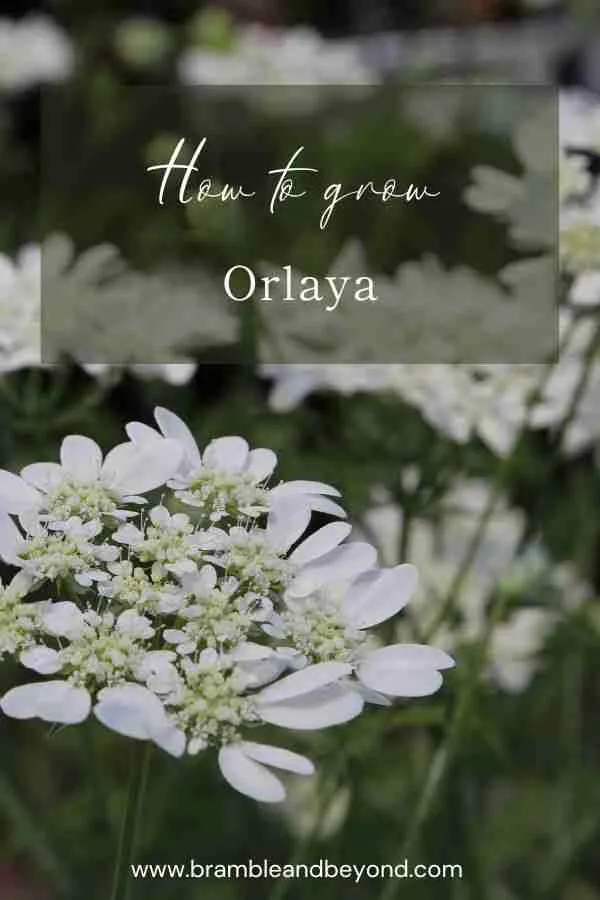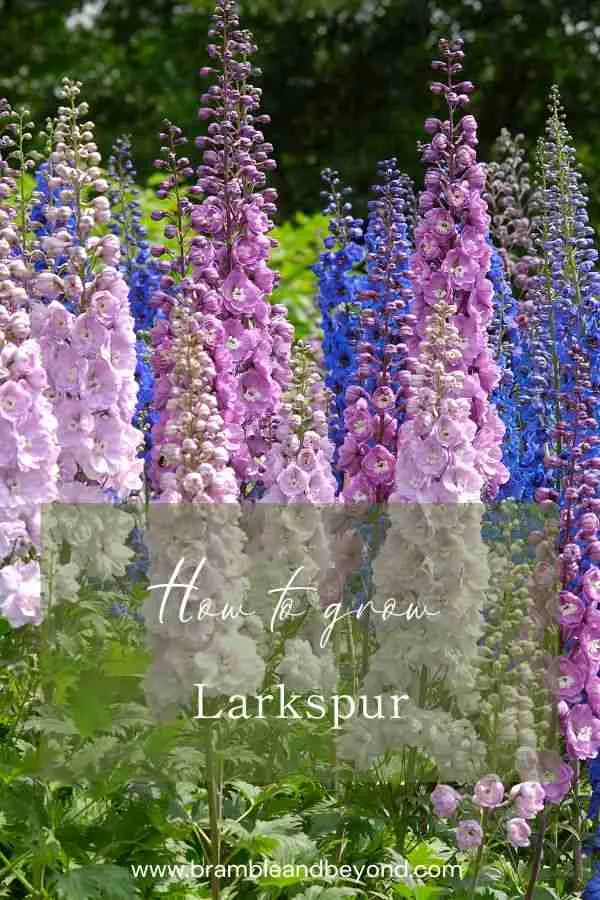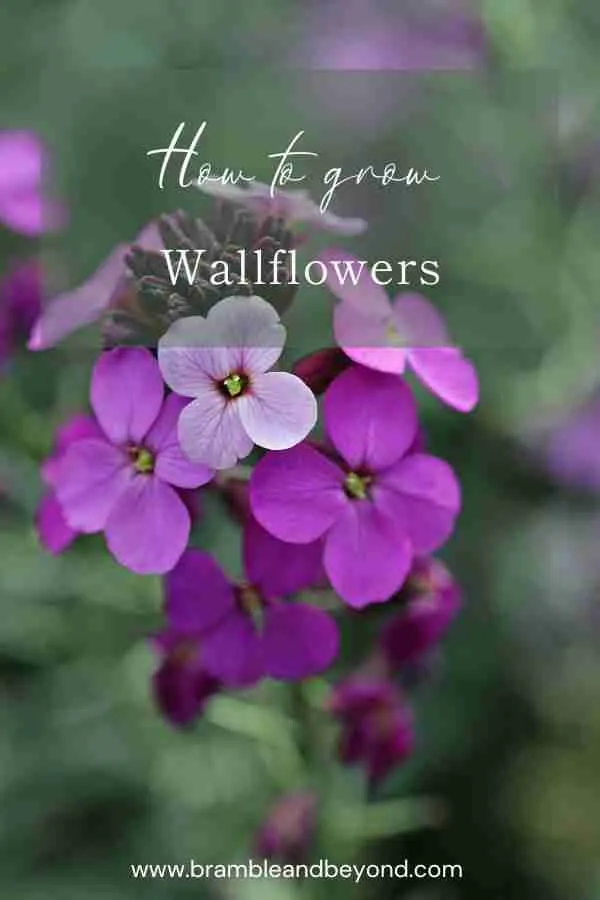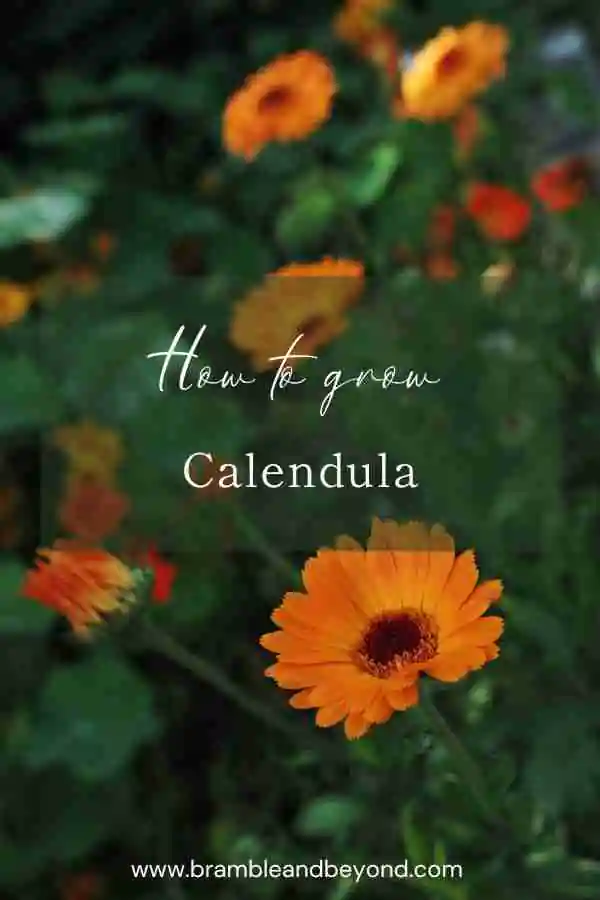Disclosure: This post may contain affiliate links, meaning I get commission if you decide to make a purchase through my links, at no cost to you. Please read my Affiliate Disclosure for more information.
Feverfew is a true workhorse in the garden, especially in the cutting patch. Just one plant is loaded with sprays of small daisy-like flowers that bloom all summer long. If you cut it back hard, new shoots and flowers will emerge. This easy grower has an upright, branching habit and makes a wonderful filler for bouquets. Once it’s grown, it will happily self-seed throughout your garden. Let me show you how to grow Feverfew.
I can’t express how grateful I was for growing it last year, especially when I lost all my early seedlings. However, I did see it as a bit of a weed before that, as it tends to pop up in the most unlikely places.
What is Feverfew
Feverfew, scientifically known as Tanacetum parthenium, is a fantastic plant to have in your garden. It’s a herbaceous perennial plant that belongs to the genus Tanacetum.
Feverfew is famous for its lovely sprays of small daisy-like flowers that bloom all summer long. With its upright, branching habit, it can reach a height of about 18 to 24 inches (45 to 60 cm). It’s also known as an herb that’s believed to help with headaches, though I haven’t personally tried it. Plus, it has a unique and pleasant smell.
When it comes to growing conditions, feverfew is quite adaptable. It prefers full sun to partial shade and well-drained soil. It’s relatively easy to grow and can thrive in different soil types.
To keep your feverfew healthy and thriving, it’s beneficial to prune or cut it back regularly. This encourages new shoots and flowers to emerge, keeping your plant looking fresh.
Another great thing about feverfew is that once it’s established, it has the ability to self-seed and spread throughout your garden. This makes it an excellent choice for a sustainable seasonal flower garden.
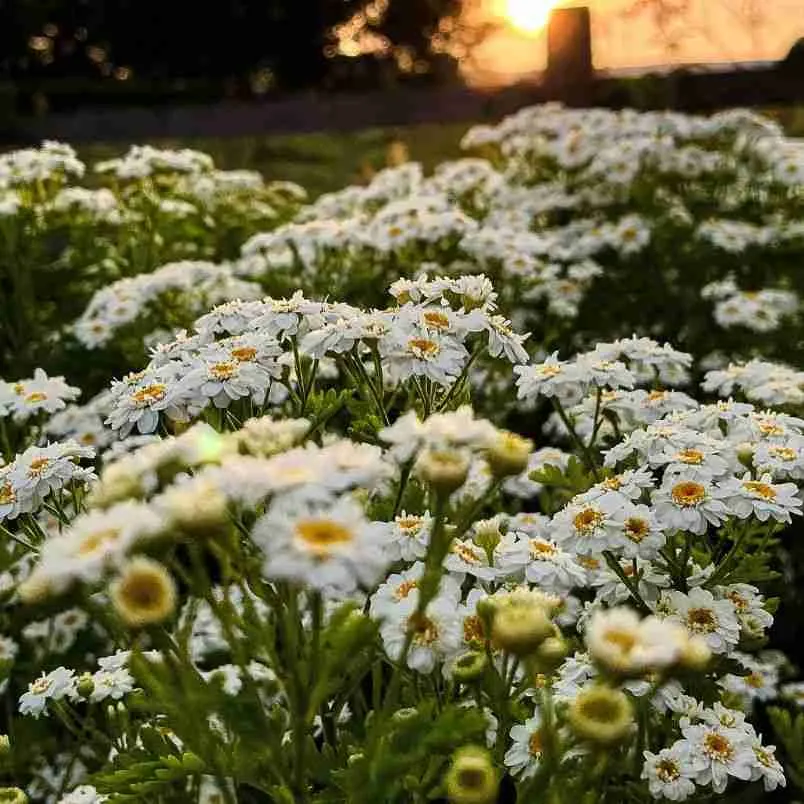
How to grow feverfew:
- Start seed indoors in trays 8-10 weeks before last frost.
- Transplant out after all danger of frost has passed.
- Once established this plant will freely self sow itself all around your garden.
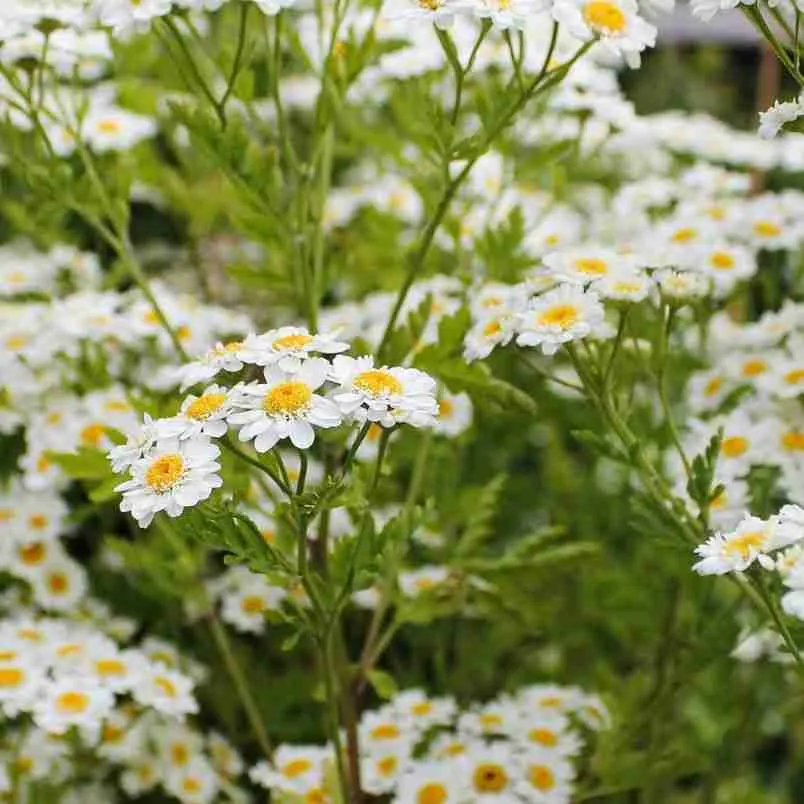
Plant details:
- Plant type: hardy perennial
- Height: 60cm
- Site: full sun/partial shade
- Sowing Depth: surface sow
- Germination: 5-21 days
- Temperature: 18-21°C
- Days to maturity: 100-110 days
- Plant spacing: 25cm
- Pinch: not necessary
- Staking: no
- Drying: yes
- Approx seeds per packet: 500
Please note we pack the majority of our seeds by weight so the number of seeds indicated is only an approximation.
Currently, I sell our seeds, and other bits and bobs, through Etsy, so the link below will direct you there.

Harvesting and vase life:
- Harvest when nearly all of the flowers in a spray are open, otherwise they will wilt.
- Feverfew is considered a dirty flower, turning vase water dark and murky overnight even when floral preservative is used. A few drops of bleach can be added to the water to combat this trait. Or don’t use a glass vase.
- Expect a vase life of 7 days.
Here are my top tips for growing Feverfew:
- Get a head start by starting some seeds in pots during early spring. March is a great time to begin!
- Sprinkle a few seeds onto the surface of a good compost. As these seeds are tiny I prefer to bottom water the seed tray, so that the seeds aren’t displaced during watering. Remember, don’t cover the seeds with soil as they need light to germinate.
- The seeds should germinate in about two weeks when sat on a warm windowsill.
- Don’t rush to put your plants outside until they’re fairly tall, around 15cm or so. They need a bit of growth before braving the great outdoors.
- You can sow them directly in your desired spot during mid-spring. Beginning of April is usually a good time.
- Give your seedlings some space to grow by planting or thinning them out to around 25cm apart.
- Remember to choose a sunny spot for your plants to thrive.
- Keep in mind that these plants prefer soil that’s not consistently damp. They appreciate a bit of dryness in between waterings.
- These plants benefit from cutting back mid-season. This will mean they will start flowering again for the late season flowers.
Once you have a few plants established, you will find these will self sow everywhere and you will never need to bother sowing them again!



